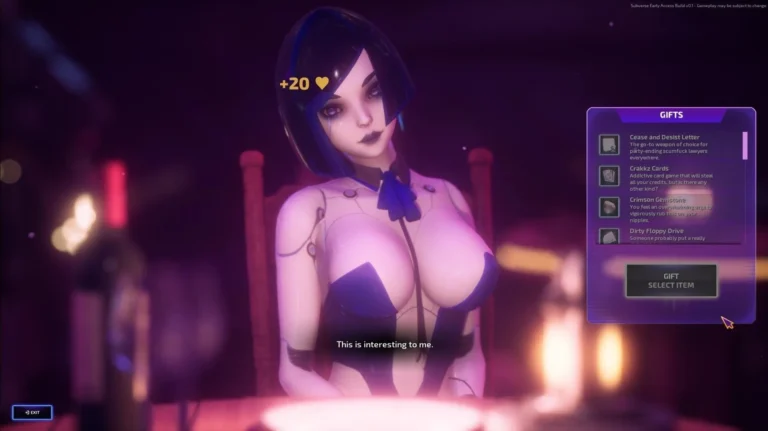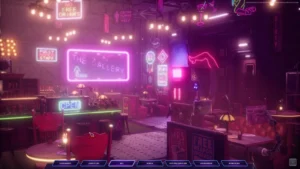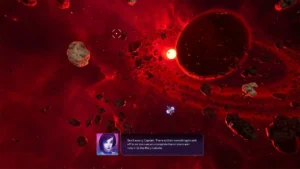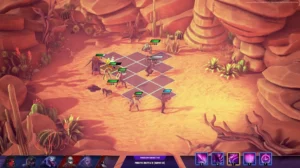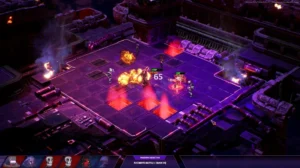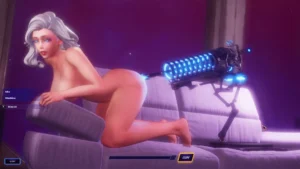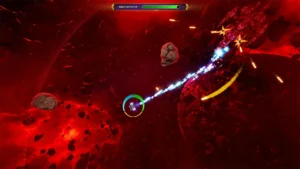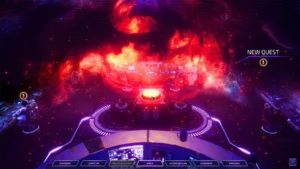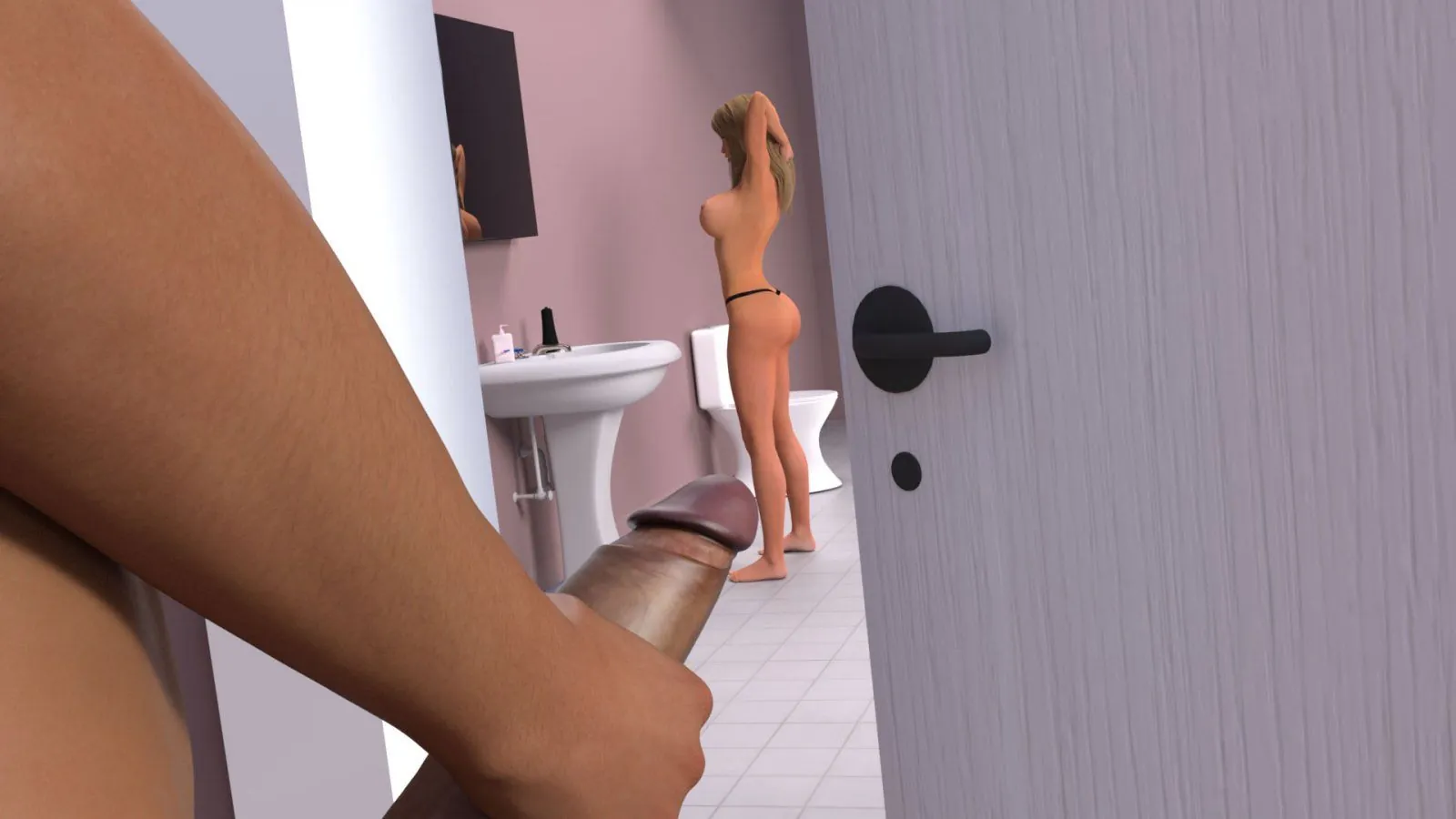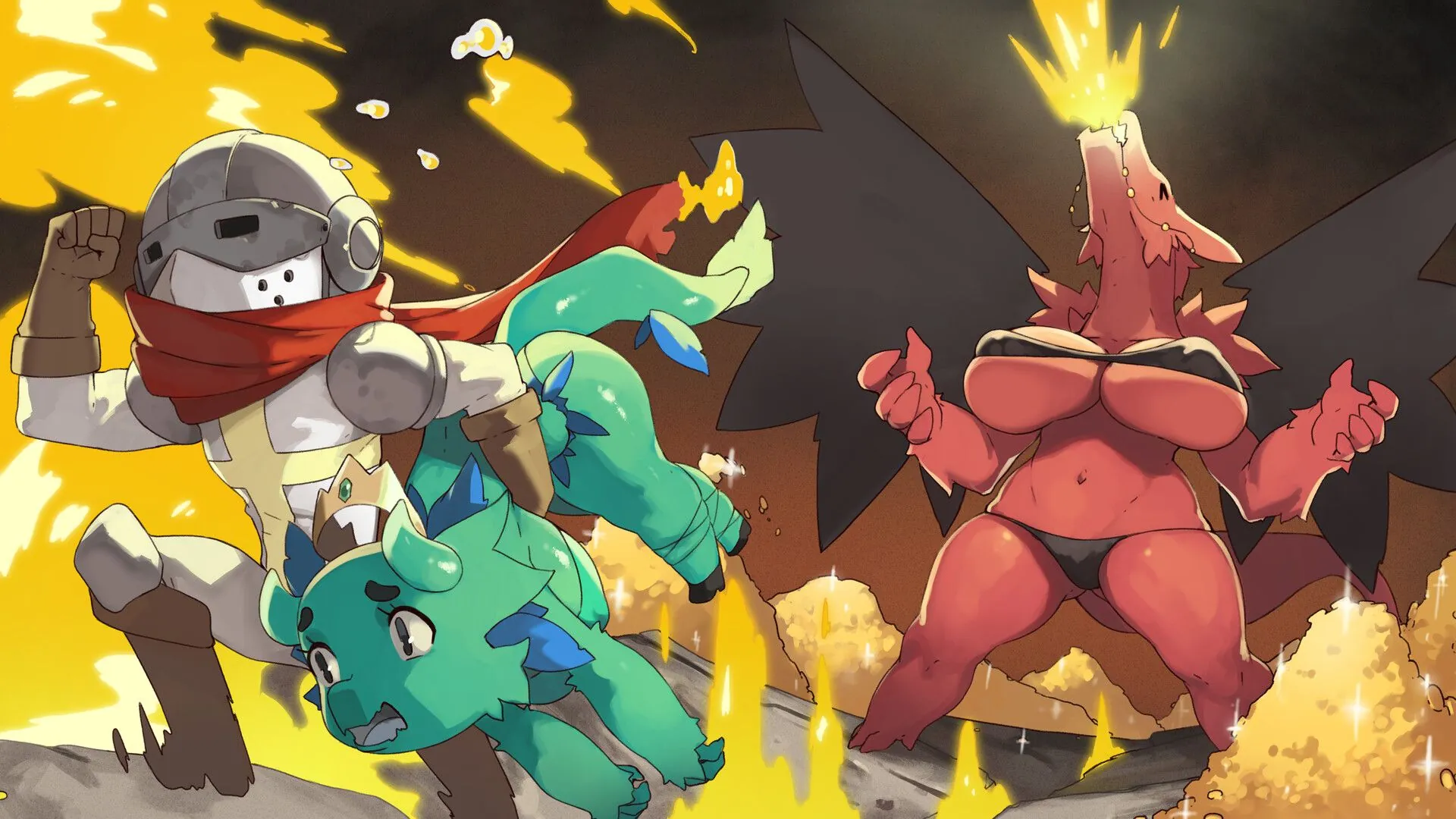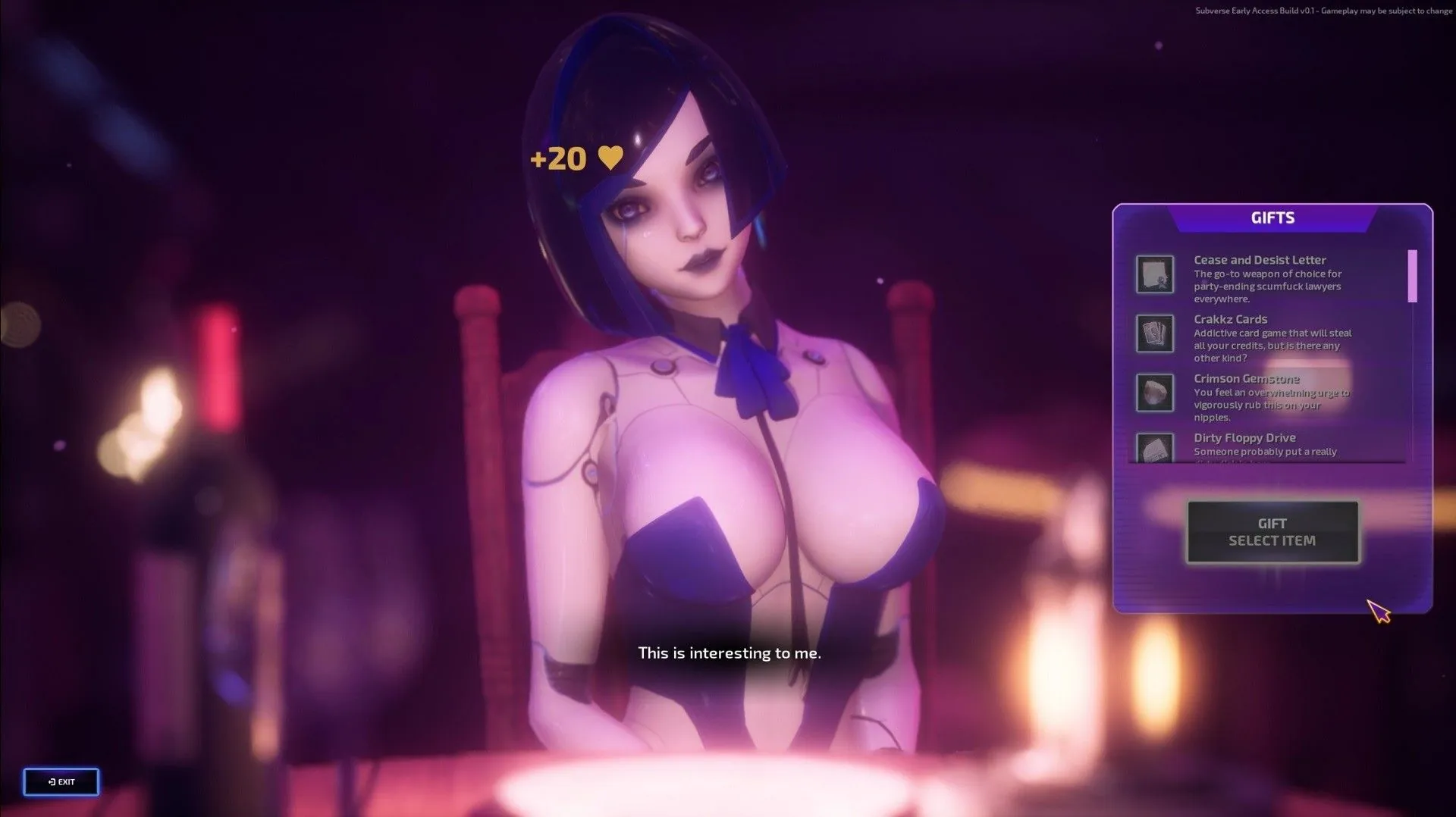
Subverse review
Explore the unique blend of tactical combat, space shooter action, and narrative in Subverse
Subverse is a distinctive sci-fi game that combines tactical role-playing, space shooter elements, and a rich narrative set in a futuristic galaxy. Known for its mature themes, Subverse offers players a unique experience that blends strategic combat with interactive storytelling and character development. This article dives into the core aspects of Subverse, highlighting its gameplay mechanics, story setting, and what makes it stand out in its genre.
Gameplay and Mechanics of Subverse
Diving into Subverse gameplay for the first time was a genuine “whoa” moment for me. I remember booting it up, expecting one thing, and being completely blindsided by how it seamlessly stitches together two distinct genres. One moment you’re orchestrating a careful, turn-based assault on a Subverse tactical grid, feeling like a galactic chess master, and the next, you’re thrown into the cockpit for some frantic Subverse space shooter action. This isn’t just a gimmick; it’s the core of what makes the experience so fresh and engaging. 🚀 If you’re tired of games that do one thing well but feel repetitive, Subverse’s hybrid approach is a breath of fresh air.
What Makes Subverse’s Combat Unique?
The heart of Subverse gameplay lies in its dual combat systems, and honestly, it’s what kept me hooked for hours. I learned the hard way that you can’t just brute-force your way through; you need to master both styles. The Subverse combat mechanics are built on a foundation of turn-based tactical battles on a grid. It’s all about positioning, using cover, and exploiting enemy weaknesses. I had a mission early on where I carelessly sent my squad into the open, only to watch them get shredded by a well-placed sniper. That was my painful introduction to the importance of the Subverse tactical grid. 🎯
On the flip side, the Subverse space shooter segments are a wild, adrenaline-pumping change of pace. You’re directly controlling your ship, the Mary Celeste, in classic twin-stick shooter fashion, dodging asteroids and enemy fire while unleashing a barrage of lasers and missiles. The first time I switched from the thoughtful pace of the grid to the chaotic beauty of a dogfight, my heart was pounding. The controls are tight, the weapons feel impactful, and different enemy types require you to adapt your strategy on the fly.
Pro Tip: Don’t neglect your ship’s upgrades between missions. Investing in better shields and weapons for the space shooter sections can be the difference between a triumphant victory and a frustrating Game Over.
Here’s what makes the Subverse combat mechanics so special in my eyes:
* Strategic Depth: The tactical grid isn’t just about moving and shooting. You have abilities, environmental interactions, and a rock-paper-scissors element with damage types. It forces you to think several moves ahead.
* Pacing Mastery: The game expertly uses the shift between tactical and shooter modes to control the narrative’s rhythm. A tense, slow-burn strategy session is often followed by a cathartic burst of high-octane action.
* Character Synergy: Your squad members aren’t just avatars; they have unique skills that shine in different combat scenarios. Learning who to deploy and when is a key part of the Subverse character progression.
Exploring the Tactical Grid and Space Shooter Modes
Let’s break down these two pillars of Subverse gameplay. Having a firm grasp on both is essential for success, and I’ve put together a comparison based on my playtime to make it clearer. 🤔
| Aspect | Tactical Grid | Space Shooter |
|---|---|---|
| Control Style | Turn-based, point-and-click movement on a grid | Real-time, twin-stick controls (WASD to move, mouse to aim and shoot) |
| Primary Focus | Strategy, positioning, and ability cooldowns | Reflexes, aiming precision, and situational awareness |
| Player Role | Commander overseeing the entire squad | Pilot directly controlling the Mary Celeste |
| Enemy Engagement | Methodical, exploiting flanking and cover | Fast-paced, dealing with swarms and prioritizing targets |
| Key Upgrades | New abilities, improved stats, and gear for your crew | Ship hull, engines, and a wide array of primary and secondary weapons |
In the Subverse space shooter sections, you’ll be managing your ship’s energy between weapons, shields, and engines. It’s a constant balancing act. I found that focusing on a balanced build early on—like a rapid-fire laser paired with a homing missile secondary weapon—gave me the versatility to handle most threats. Enemy behavior is varied; some will charge you head-on, while others hang back and pepper you with long-range attacks, forcing you to keep moving. 🎮
The Subverse tactical grid, on the other hand, is a thinker’s paradise. It reminds me of classic tactical RPGs but with a sci-fi twist. Terrain matters, elevation grants advantages, and each character’s special abilities can turn the tide of battle. My biggest Subverse mission tips for this mode are to always end your turns in cover and to use your support characters to buff or heal your damage dealers. It’s easy to get aggressive, but patience is rewarded here.
How Adult Themes Integrate with Gameplay
Now, let’s talk about the elephant in the room—or rather, the galaxy. The adult themes in Subverse aren’t just tacked on; they’re woven directly into the fabric of the Subverse gameplay and narrative. This was a surprising and refreshing approach for me. You don’t just stumble upon this content; you earn it through dedicated play and relationship building. Figuring out how to unlock Subverse scenes became a motivating meta-game in itself. ❤️
The primary driver for this content is Subverse character progression. As you complete missions with your crew—the charismatic space captain and his band of unique companions—you build Fidelity, which is essentially your relationship meter with each character. Making choices in dialogue, successfully completing their personal quests, and giving them gifts all contribute to raising this meter. It’s a system that made me genuinely care about my crew beyond their combat stats.
Personal Insight: The balance between the intense action and the character-driven narrative is superb. The racier scenes feel like a reward for your efforts in building a connection, not a random occurrence, which makes them more meaningful within the story.
So, how to unlock Subverse scenes? It’s all about dedication. You need to focus on one character, complete their story missions, and max out their Fidelity. This is where my Subverse mission tips come in handy: always check the Pandora system between missions. This is your hub for viewing unlocked content and tracking your progress with each character. Prioritize missions that feature the character you’re most interested in, and don’t spread your resources too thin early on.
This integration means that the core loop of Subverse gameplay—tactical combat and space shooting—directly feeds into the narrative and character development. Winning a tough battle isn’t just about progressing the plot; it’s about earning the trust and admiration of your crew, which in turn unlocks new layers of the story and, yes, those coveted scenes. It creates a compelling reason to master the Subverse combat mechanics and engage deeply with the Subverse character progression system. Your success on the battlefield directly translates into deeper relationships off of it, making every victory feel doubly rewarding. 🌟
Subverse offers a compelling mix of tactical combat, space shooter action, and narrative depth set in a richly imagined sci-fi universe. Its unique integration of mature themes with gameplay progression creates an experience that is both engaging and distinct within its genre. Whether you enjoy strategic battles or immersive storytelling, Subverse provides a fresh take that is worth exploring. Dive into the galaxy of Prodigium and discover what makes this game a standout choice for players seeking something different.
